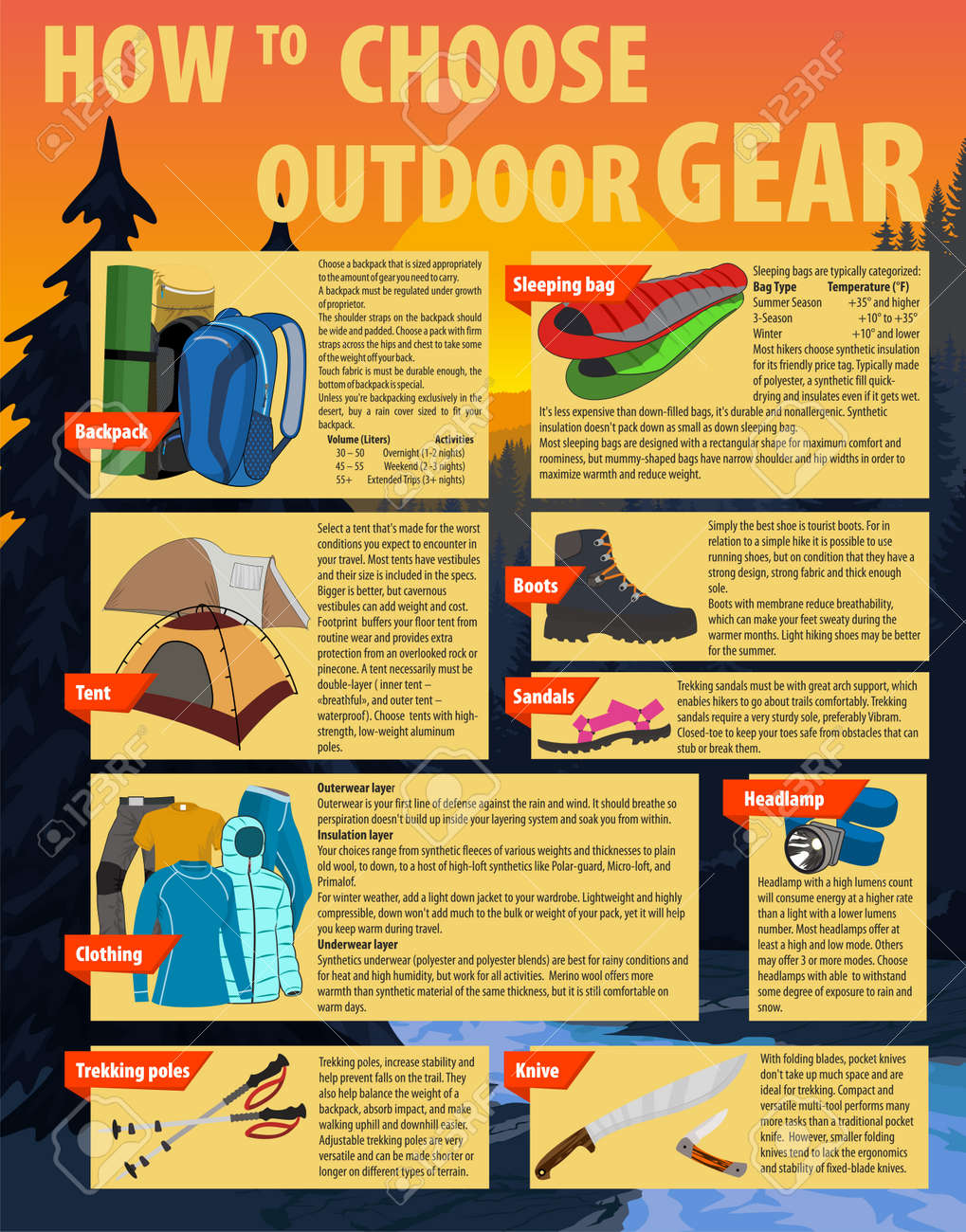How To Choose The Right Flooring For Your Wall Tent
Winter Camping - Guy Line Anchors in SnowWinter months camping is an enjoyable and adventurous experience, but it needs proper equipment to ensure you remain warm. You'll require a close-fitting base layer to trap your temperature, along with a shielding jacket and a water-proof shell.
You'll additionally require snow risks (or deadman anchors) buried in the snow. These can be tied using Bob's clever knot or a regular taut-line drawback.
Pitch Your Outdoor tents
Winter months outdoor camping can be an enjoyable and daring experience. Nevertheless, it is essential to have the proper gear and recognize just how to pitch your outdoor tents in snow. This will certainly avoid cold injuries like frostbite and hypothermia. It is also vital to consume well and remain hydrated.
When establishing camp, see to it to choose a site that is sheltered from the wind and free of avalanche danger. It is additionally an excellent idea to pack down the location around your outdoor tents, as this will help reduce sinking from temperature.
Prior to you set up your tent, dig pits with the very same dimension as each of the anchor points (groundsheet rings and individual lines) in the facility of the camping tent. Fill these pits with sand, rocks and even stuff sacks loaded with snow to portable and protect the ground. You may also want to take into consideration a dead-man support, which involves linking camping tent lines to sticks of wood that are hidden in the snow.
Load Down the Area Around Your Outdoor tents
Although not a requirement in many areas, snow risks (also called deadman supports) are an exceptional addition to your outdoor tents pitching kit when camping in deep or compressed snow. They are generally sticks that are developed to be buried in the snow, where they will ice up and produce a strong support point. For ideal results, use a clover drawback knot on the top of the stick and bury it in a couple of inches of snow or sand.
Set Up Your Tent
If you're camping in snow, it is a great idea to utilize a tent designed for wintertime backpacking. 3-season camping tents work great if you are making camp listed below tree zone and not anticipating particularly rough weather, however 4-season tents have stronger poles and fabrics and offer even more security from wind and heavy snowfall.
Be sure to bring appropriate insulation for your resting bag and a cozy, dry blow up mat to sleep on. Blow up floor coverings are much warmer than foam and assistance prevent chilly places in your camping tent. You can additionally add an added mat for sitting or food preparation.
It's also a great concept to establish your tent near to an all-natural wind block, such as a group of trees. This will certainly make your camp more comfortable. If you can't locate a windbreak, you can develop your own by digging openings and hiding objects, such as rocks, tent risks, or "dead man" supports (old camping tent guy lines) with a shovel.
Tie Down Your Outdoor tents
Snow stakes aren't required if you utilize the appropriate methods to secure your tent. Hidden sticks (maybe gathered on your strategy walk) and ski poles function well, as does some version of a "deadman" buried in the snow. (The concept is to produce an anchor that is so solid you won't have the ability to pull it up, even with a great deal of effort.) Some manufacturers make specialized dead-man supports, but I like the simplicity of a taut-line hitch connected to a stick and afterwards hidden in the snow.
Recognize the terrain around your camp, particularly if there is avalanche risk. wall tent A branch that falls on your camping tent can harm it or, at worst, wound you. Additionally watch out for pitching your outdoor tents on a slope, which can trap wind and lead to collapse. A sheltered area with a low ridge or hill is better than a steep gully.
